The Morgan Library and Museum is a New York institution. While the library bears the name of the Gilded Age giant who willed his personal library to the public, its collection—a beguiling assortment of rare books, fine art, and eclectic ephemera from across history—would not be the archival treasure trove it is today without Belle da Costa Greene, whom Morgan hired to be his librarian in 1905.
As Heather O’Donnell writes in our May 15, 2025, issue, Greene could “read a room with the same practiced eye she brought to a Carolingian manuscript or a Franco-Flemish Psalter.” In her day, she was “one of the most public of all American librarians,” known for having an “uncompromising desire for the truth—an active and fearless curiosity about the object as it actually was, devoid of crafty repairs or pompous enhancements.’”
O’Donnell should know a thing or two about this kind of curiosity. For twenty years she has worked in the antiquarian book trade, and in 2011 she founded Honey and Wax, a rare book company in Brooklyn. I wrote to her last week for a glimpse into the world of rare bookselling.
Lauren Kane: How did you first become interested in bookselling?
Heather O’Donnell: I always responded strongly to books as objects. I was the kind of kid who reorganized my bookshelves for fun. In the 1990s, while I was preparing for an academic career, I worked part-time as a bookseller and in special collections, both in college at the Avery Architectural and Fine Arts Library at Columbia, and in grad school at the Beinecke Rare Book and Manuscript Library at Yale. But in my early thirties, I hit a wall—I was quietly on strike from my research project and unsure what to do. A headhunter contacted me about an opening in the New York gallery of Bauman Rare Books, on Madison Avenue: in retrospect, a true deus ex machina.
For me, the revelation of working in the book trade has been how many people, from all walks of life, have transformative relationships with books. In the academy, the unspoken assumption (and sometimes the spoken one) is that the really serious reader writes about literature for a living. The book trade gave me a much more capacious sense of what it means to know books. After seven years with the Baumans, I launched Honey and Wax from my Brooklyn apartment, and I’ve been an independent bookseller ever since.
Who are the modern-day Belle da Costa Greene figures? Are librarians still expected to approach building a collection with the tenacity she had?
Even in her day, Greene’s latitude was exceptional. But the corporate transformation of universities, libraries, and museums makes it impossible to imagine any single individual exercising today the kind of power she had. No librarian that I know could buy the Crusader Bible without permission and count on smoothing it over with her boss later, as Greene did in 1916! The acquisition would go from committee to committee for four months and then be deferred until the next fiscal year. And librarians today are discouraged from smuggling undeclared antiquities through customs in their personal luggage, which Greene gleefully did for J.P. Morgan to evade tariffs on imported art. Maybe that last practice will make a comeback soon.
When I wrote to you about doing this interview, I made the mistake of conflating book collecting with bookselling. They are similar in ways—for example, if you buy inventory, as you do, I imagine you need a curatorial eye not unlike a collector’s. Do you see yourself as a kind of curator?
I would never call myself a curator—we work with actual curators, and their jobs are not mine! But like a curator, I aim to do more than just report value. Rather, I’m trying to create it through both the material I choose and the way I describe that material. If curation is placing objects in conversation with one another so that a group becomes more than the sum of its parts, then that’s certainly something we try to do whenever we put together a catalog or a book fair display. The real rewards of collecting, on both the selling and the buying sides, are those that attend any committed inquiry: keener observation, sharper habits of mind, a renewed sense of curiosity and delight.
What is something about rare books that the general public doesn’t know but “insiders”—sellers—do?
Like many booksellers, I go on “house calls,” usually to look at books that people have inherited. Occasionally these are meticulously cataloged rare book collections, but more often they’re the reading libraries of ordinary people who loved books and accumulated a lot of them. The family will inevitably draw my attention to a nineteenth-century Bible or a leather-bound set of Shakespeare’s works, assuming that such books have resale value. They rarely do. Both the Bible and Shakespeare have been reprinted in thousands of editions, in millions of copies, and only a vanishingly small number are of interest to book collectors.
Like most booksellers in a house where there are no obvious rare books to buy, I’m looking for surprises. I don’t want a first edition of The Old Man and the Sea without a dust jacket, but I do want to see the Santería manual your grandparents picked up when they vacationed in Cuba in the 1950s. Your shop-steward uncle kept a stash of screen-printed strike posters in the garage? Your immigrant aunt bought every Chinese cookbook she could find in her New England town? Your mom taught poetry workshops at the local senior center for thirty years and kept binders of her students’ work? I want to see those, because that offbeat material is where the value lies, maybe not to private collectors, but certainly to institutions who are building research collections and to the scholars who use them.
The kind of high-profile trophy hunting that Belle da Costa Greene did for Morgan will always be an exciting part of rare book history, and there are still plenty of trophies out there for collectors to pursue. But if there’s anything the general public should know, it’s that you don’t have to be a robber baron (or a tech billionaire) to make an impact as a collector. Originality counts too, and there’s a lot to be said for collecting material that is niche and ephemeral, even “weird.” Ambitious private collections find their way into special collections, mediated by booksellers like me, and special collections are where historians go to work. If there’s no evidence of local communities, art scenes, and social movements to study, because no one on the ground thought to collect and preserve that material, those stories go untold.



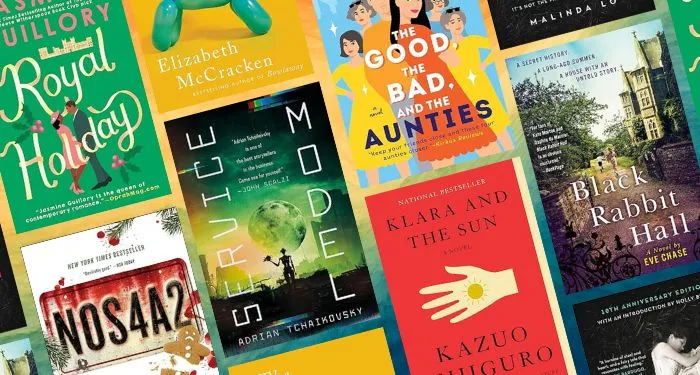





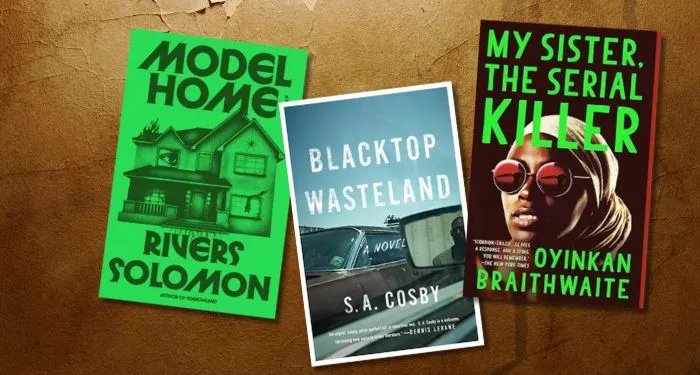

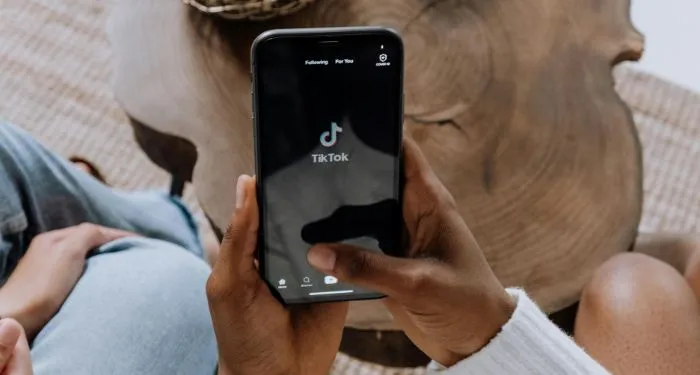




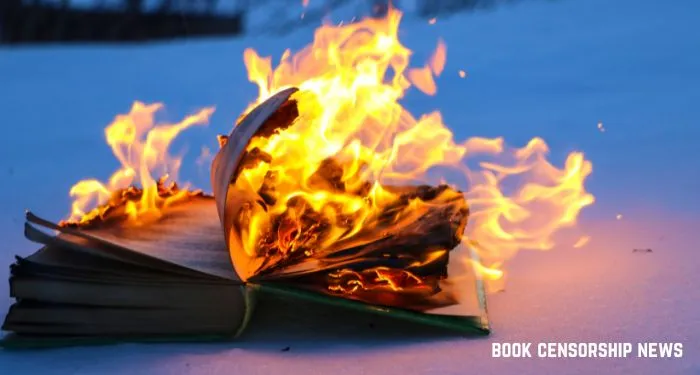
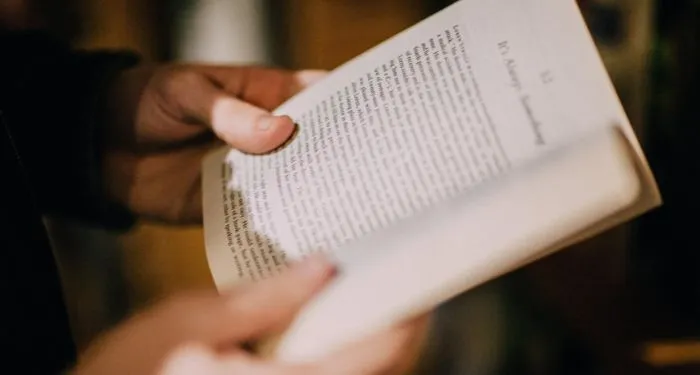

 English (US) ·
English (US) ·